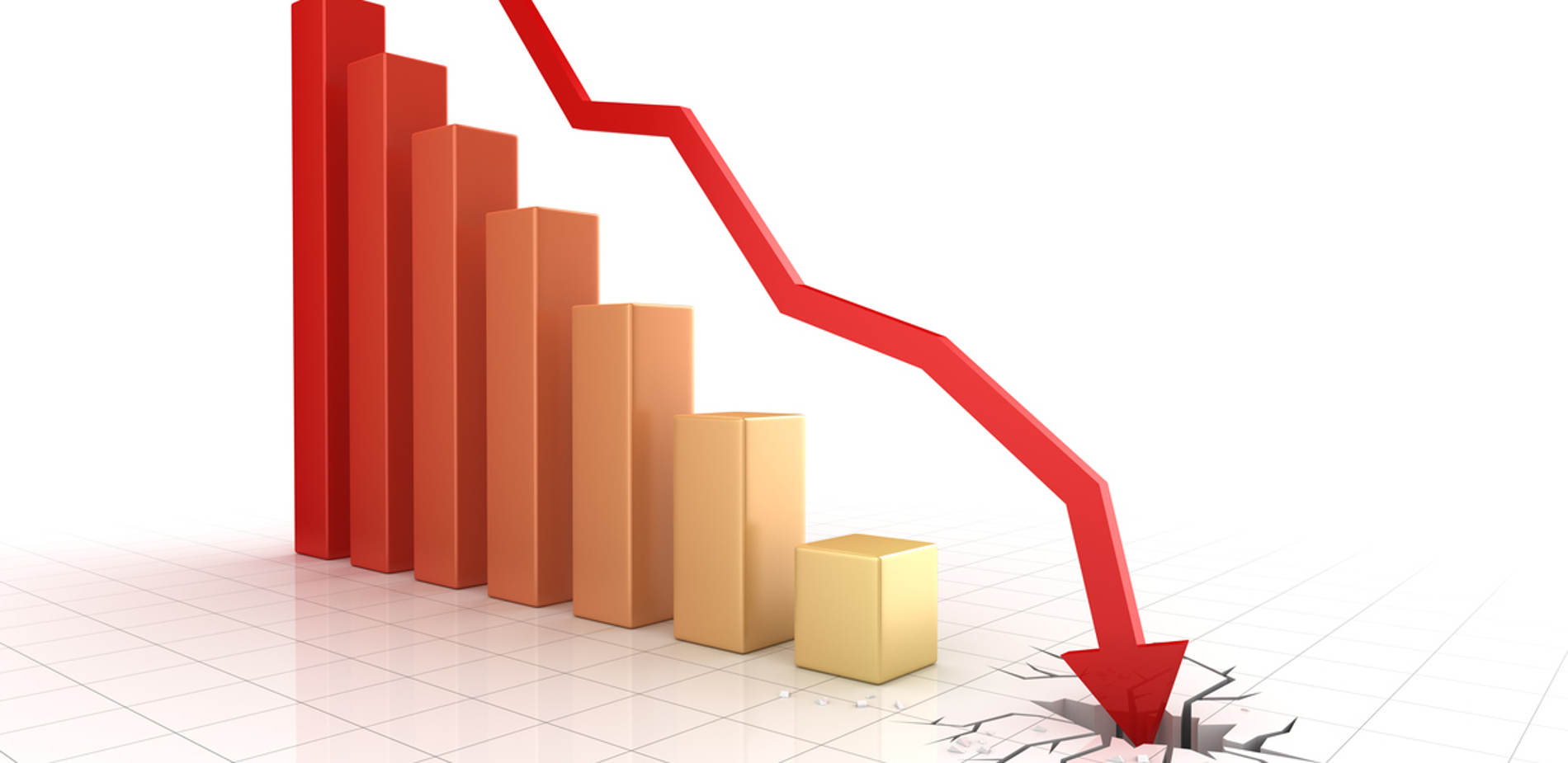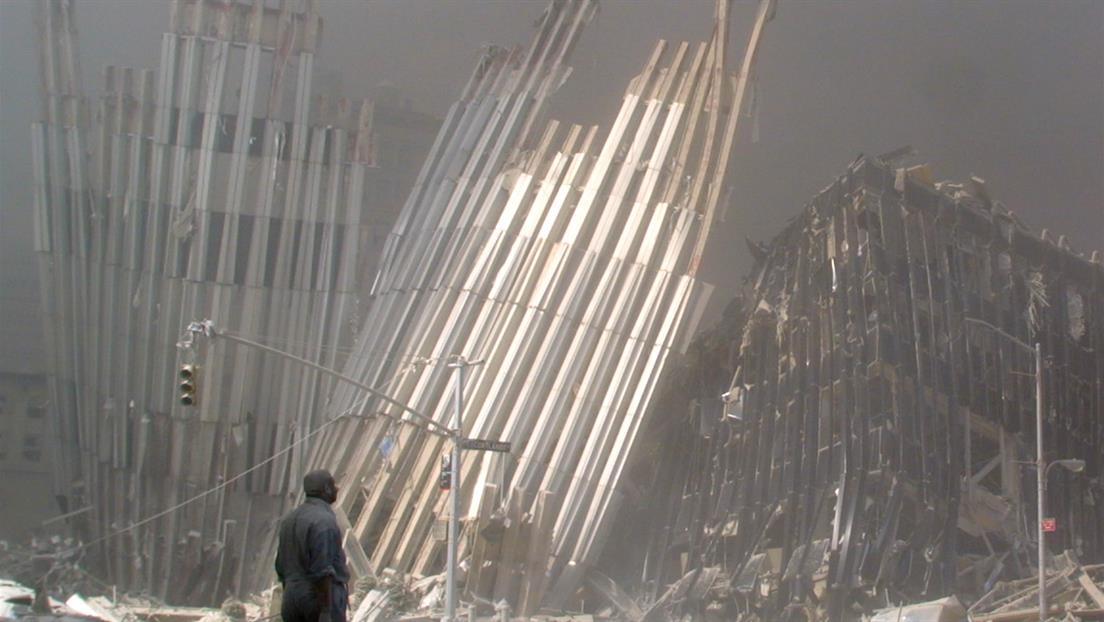

This makes it harder for financial institutions to finance themselves, while also damaging the value of their existing loans and assets.

Indeed, the Federal Reserve, alongside other central banks, has raised rates from a band of 0.25%-0.5% to 4.5%-4.75% over the past 12 months. The cause may be a central bank reacting to a surge of inflation, a war or a tight labour market. The first is when interest rates rise rapidly. SVB’s failure does tie in with the other two situations I describe in my book. This is what happened during the 2007 credit crunch that preceded the global financial crisis, but it wasn’t behind SVB’s collapse. This affects the availability of finance. One potential cause is when changes in interest rates between countries cause movements in capital flows to suddenly start or stop as investors chase better rates.

My latest book about the history of financial crises, Calming the Storms: the Carry Trade, the Banking School and British Financial Crises Since 1825, was coincidentally launched the day before SVB failed and describes three situations in which a banking crisis may unfold.

On March 12, two days after SVB’s collapse, regulators in New York closed Signature Bank, citing systemic risk.īut was what happened to SVB unpredictable, unpreventable and unavoidable? My research suggests not. Tech firms around the world have their cash locked up in SVB deposits and were concerned about how they would pay their workers and their bills until government support was announced in the US, alongside HSBC’s deal to buy SVB’s UK arm.Īnd it looks like the run on SVB that heralded its collapse – by some metrics the fastest in history – is spreading to other institutions with similar characteristics. Only the collapse of Washington Mutual during the 2008 global financial crisis was larger.Īlthough SVB had been ailing for some time, the speed of its collapse took nearly all commentators – as well as its customers, mostly from the tech sector – by surprise. America’s 16th largest deposit-taking institution just a week ago, it has now become the second biggest banking failure in US history. Only 48 hours elapsed between a statement from US-based Silicon Valley Bank (SVB) on March 8 that it was seeking to raise US$2.5 billion (£2 billion) to repair a hole in its balance sheet, and the announcement by US regulator the Federal Deposit Insurance Corporation that the bank had collapsed.Īt its peak in 2021, SVB was worth US$44 billion and managed over $200 billion in assets. But in the world of finance, it seems everything can change in just two days. A former prime minister of Britain, Harold Wilson, is famous for remarking that a week is a long time in politics.


 0 kommentar(er)
0 kommentar(er)
